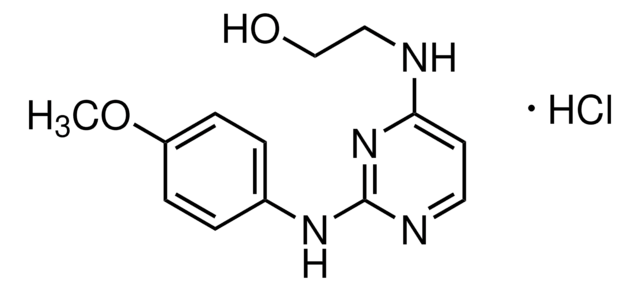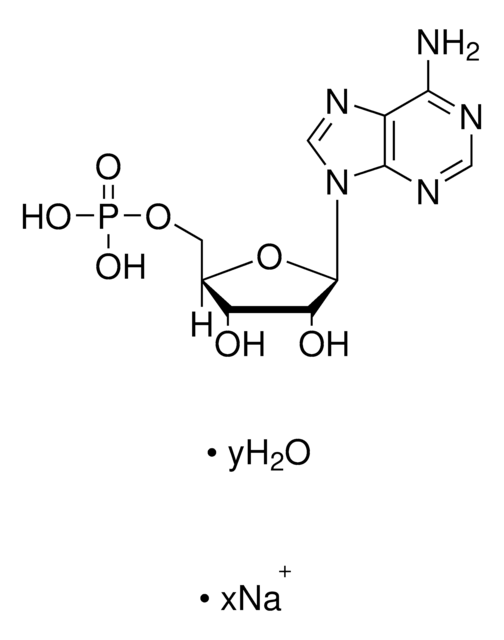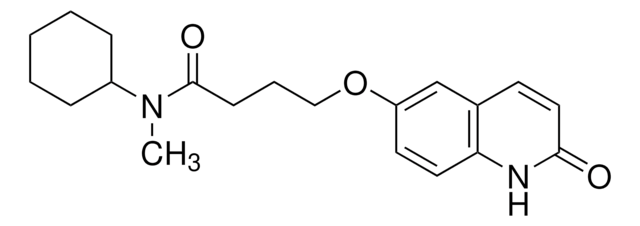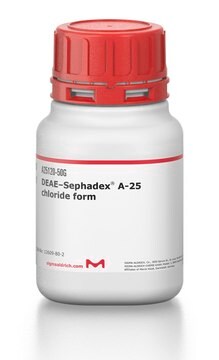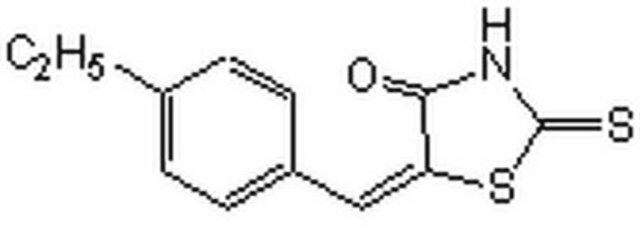C5723
Anti-Cytochrome c antibody produced in sheep
whole antiserum
About This Item
Prodotti consigliati
Origine biologica
sheep
Livello qualitativo
Coniugato
unconjugated
Forma dell’anticorpo
whole antiserum
Tipo di anticorpo
primary antibodies
Clone
polyclonal
PM
antigen 14.4 kDa
Reattività contro le specie
human, rabbit, canine, rat
tecniche
immunoprecipitation (IP): suitable
indirect immunofluorescence: suitable
western blot: 1:5,000 using MCF-7, Rat-1, MDCK or Jurkat cell extracts
N° accesso UniProt
Condizioni di spedizione
dry ice
Temperatura di conservazione
−20°C
modifica post-traduzionali bersaglio
unmodified
Informazioni sul gene
human ... CYCS(54205)
rat ... Cycs(25309)
Cerchi prodotti simili? Visita Guida al confronto tra prodotti
Immunogeno
Applicazioni
Western Blotting (1 paper)
Descrizione del bersaglio
Esclusione di responsabilità
Non trovi il prodotto giusto?
Prova il nostro Motore di ricerca dei prodotti.
Raccomandato
Codice della classe di stoccaggio
10 - Combustible liquids
Classe di pericolosità dell'acqua (WGK)
WGK 3
Punto d’infiammabilità (°F)
Not applicable
Punto d’infiammabilità (°C)
Not applicable
Certificati d'analisi (COA)
Cerca il Certificati d'analisi (COA) digitando il numero di lotto/batch corrispondente. I numeri di lotto o di batch sono stampati sull'etichetta dei prodotti dopo la parola ‘Lotto’ o ‘Batch’.
Possiedi già questo prodotto?
I documenti relativi ai prodotti acquistati recentemente sono disponibili nell’Archivio dei documenti.
Articoli
Learn about the four membrane-bound protein complexes that make up the electron transport chain metabolic pathway supplying energy as ATP for cellular respiration.
Il team dei nostri ricercatori vanta grande esperienza in tutte le aree della ricerca quali Life Science, scienza dei materiali, sintesi chimica, cromatografia, discipline analitiche, ecc..
Contatta l'Assistenza Tecnica.